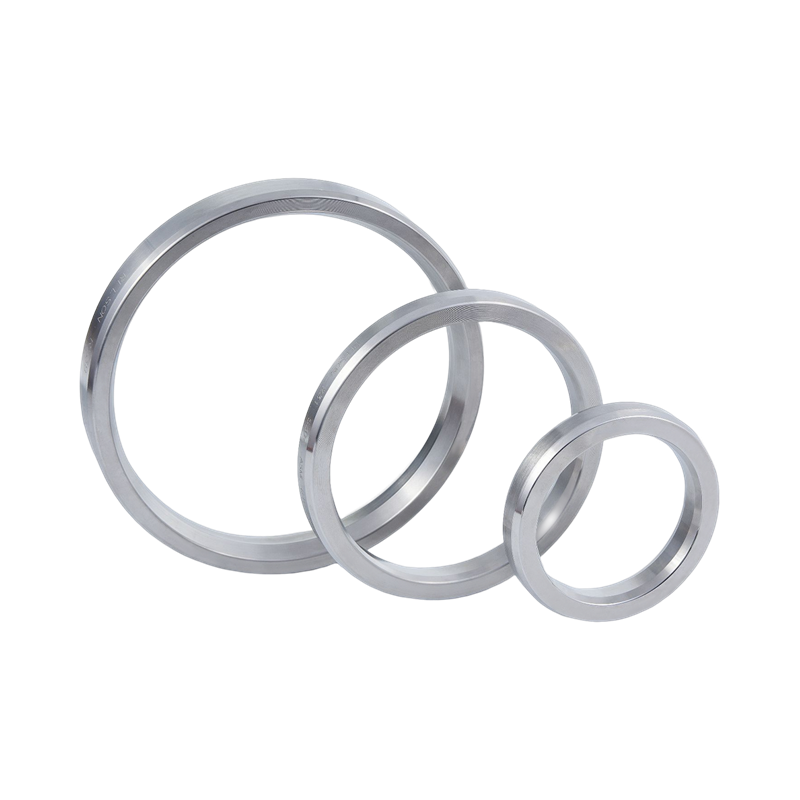RILSON GASKET
Ningbo Rilson Sealing Material Co., Ltd is dedicated to ensuring the secure and dependable operation of fluid sealing systems, offering clients the appropriate sealing technology solutions.
Ring joint gaskets (RTJ gaskets) are metal gaskets designed for high-pressure, high-temperature sealing. They are primarily used to seal joints such as pipe flanges, valves, and pressure vessels. Their core feature is that they utilize plastic deformation to fill minor irregularities in the flange surface, creating a reliable sealing barrier. They are suitable for specialized industrial applications (such as the petroleum, chemical, and nuclear power industries).
1. Advantages of Ring Joint Gaskets
| Features | Description |
| High-pressure resistance | Design pressures exceeding 100 MPa (e.g., nuclear power main steam lines) |
| High-temperature resistance | Applicable temperature range: -200°C to +800°C (nickel-based alloy gasket) |
| Corrosion resistance | Stainless steel/monel materials are resistant to acids, alkalis, hydrogen sulfide, and other corrosive media |
| Zero leakage | Metal plastic deformation achieves near-zero leakage, superior to non-metallic gaskets |
| Long life | No aging issues, reusable (deformation inspection required) |
2. Key Points for Ring Joint Gasket Selection and Installation
Selection Parameters
Pressure Rating: Match the flange class (e.g., Class 1500).
Material Compatibility: Avoid electrochemical corrosion (e.g., carbon steel flanges with stainless steel gaskets require insulation).
Dimensional Accuracy: The inner and outer diameters of the gasket must match the flange groove (tolerance ±0.1mm).
Installation Specifications
Cleaning the flange surface: Remove any old gasket residue and wipe the sealing surface with acetone.
Centering: The gasket must be fully seated in the flange annular groove, with no misalignment.
Tightening: Tighten in three passes in a crisscross pattern to the standard torque (e.g., ASME PCC-1).
Disposable Use: Octagonal gaskets are generally not reusable (plastic deformation is irreversible).

3. Common Problems and Solutions for Ring Joint Gaskets
| Problem | Cause | Solution |
| Seal leakage | Flange groove wear/gasket deformation | Replace flange or gasket, check bolt preload |
| Gasket fracture | Material embrittlement (low temperature environment) | Change to austenitic stainless steel or nickel-based alloy |
| Bolt loosening | Stress relaxation caused by thermal cycling | Retighten bolts 24 hours after installation |
| Galvanic corrosion | Dissimilar metal contact | Add insulating coating or use gasket of the same material |